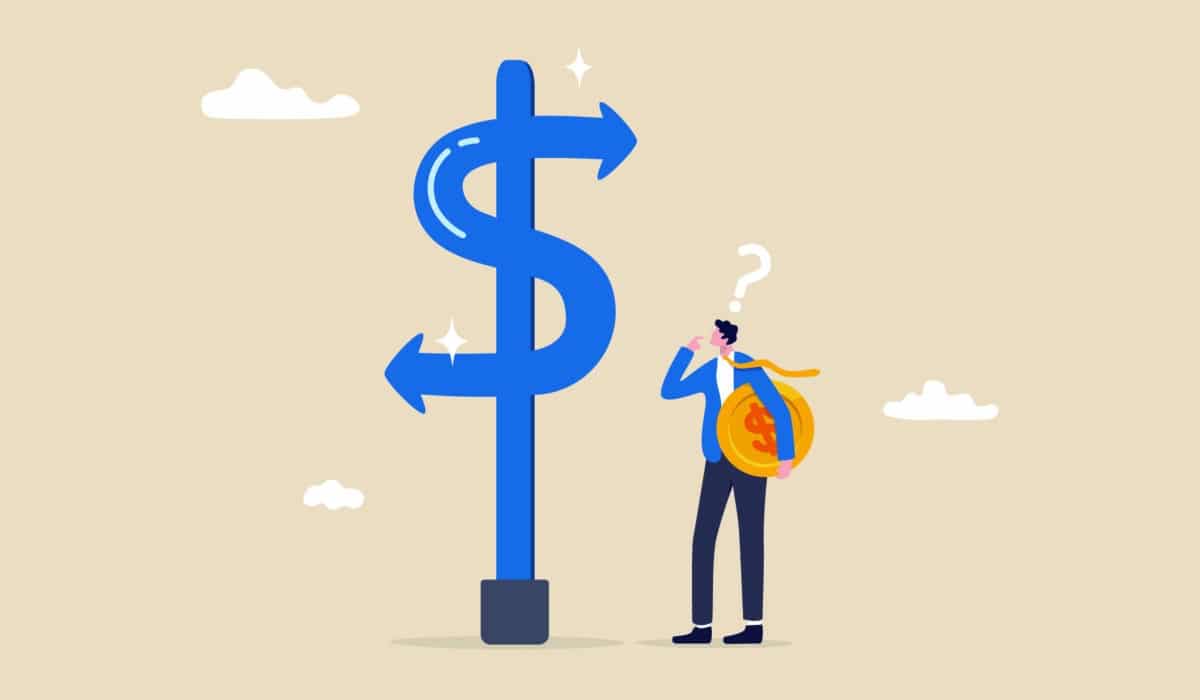Founders often dream of selling their startups for a hefty profit.
But sometimes founders who have already gone through at least one round of funding find themselves facing a pivotal challenge. Maybe they’re unable to raise more money. Or they can’t find product-market fit. Or the founders and investors don’t see eye-to-eye on the future of the company.
In all of these situations, the founders end up at a crossroads: They can keep building the business, with or without additional funding. Or they agree to make an effort to sell the company, sometimes for around the same amount or even less than they raised from investors.
When startups raise money, they’re ideally looking for an outcome that allows them to return several times that to their investors, as well as a lucrative payout for the founding team. So it’s easy to write off these types of deals as failures.
But the reality is a bit more complicated.
We don’t often hear founders talking about the details of these deals, because no one wants to shout from the rooftop that they didn’t walk away with much after paying back their investors. Yet it’s important to highlight that not every founder who sells a business ends up with a fat bank account.
Of course, not every founder has investors to pay back, either; if you fund your growth with revenue, grants or your own investment (or a combination of all three), you might have to grow more slowly, or perhaps you won’t grow as big. But you also won’t face sharing the proceeds with investors if you sell.
Here’s how things tend to shake out when a company sells for less than it raised.
What happens when a company sells for around the same amount of money as it raised in funding?
In this scenario, the concept of “liquidation preference” typically comes into play. That’s the order in which investors get paid in the event of an exit.
Private investors typically own preferred stock, which, as the name implies, coveys greater claim to a company’s assets. Or they may hold convertible notes, a type of debt security that gives the investor the right to convert the notes to equity later. Meanwhile, founders, and sometimes employees usually own common stock.
Under the liquidation preference hierarchy, debtholders and preferred shareholders get paid before common shareholders. Owners of common stock get paid once preferred shareholders have recouped their entire investment.
“In other words, the bulk of the proceeds go to the investors when a company sells for around the same amount raised,” according to Paolo DiVincenzo, CEO of Inorganic Inc., a platform for tech entrepreneurs.
But it really depends on the agreement between company owners and investors.
Occasionally, investors may write off their investment to allow a deal to go through. That happened when SaaS analytics company Baremetrics was acquired. “I wanted them to at least get their money back, but ultimately, for the $4m purchase price to work, we’d need to ask them to walk on their investment,” Baremetrics founder Josh Pigford wrote in a blog post. “They were incredibly gracious.”
Does the founder walk away with anything?
Even if liquidation preference leaves common shareholders with nothing in an acquisition, that doesn’t mean founders walk away empty-handed.
Most founders in this scenario are hoping for two things: they want to return money to their investors so those investors might consider funding them next time they launch a startup, and they want to find a graceful ending to a business they poured their sweat into. Some may also want to land themselves and their team at a company where they can continue to contribute.
Often, the buyer is looking for an acquihire, where they bring the team in-house; the buyer might be more interested in the people on the team than the product they’d built.
To make this attractive to the seller and that company’s team, the buyer may offer a combination of salary, bonus and/or equity. (If you find yourself in this situation, here’s how to negotiate more than an employment contract.)
“They typically structure an amount called ‘consideration’ for the company, and then they’ll give the founders some sort of employment contract with [a] heavy bonus,” said Elizabeth Yin, general partner at Hustle Fund, a venture capital firm that invests in early-stage startups.
Founders are then incentivized by “golden handcuffs,” which means if they stay for a certain number of years, they’ll receive an additional payout, either in cash or equity or a combination of both.
“A lot of companies want you to stay for four years,” Yin said. “Founders can typically negotiate that down to two, and maybe the cash for you in your employment agreement is spread evenly across two years, or maybe it’s backloaded where you get the bulk of it at the end of two. So founders typically don’t get all of their cash right upfront.”
A less common scenario, according to DiVincenzo, is a “management carve-out,” where investors agree to set aside a percentage of proceeds for founders, irrespective of liquidation preference. This often occurs when investors know the founder will otherwise leave the company altogether.
“Carve-outs are a useful tool to keep founders engaged when there is a long, difficult acquisition process ahead that is unlikely to pay off for founders,” DiVincenzo said.
Will investors expect to be paid before the founder?
Typically, yes.
Because of liquidation preference, investors usually expect to be repaid after an acquisition closes, before the founder takes home money from the sale. However, as we mentioned above in the case of Baremetrics, there are exceptions.
Should selling for less than you raised be considered a win?
It depends on how you define “win.”
Since most startups that raise money are swinging big, an acquisition like this can be seen as a disappointment. Yet for some founders, it’s a way to gracefully end this chapter by helping their team land on their feet or their product live on within a bigger organization.
“Let’s not sugarcoat it – there is heartache behind this accomplishment,” Rebekah Bastian, founder of career platform OwnTrail, wrote in a blog post about selling the startup in part because she was unable to raise more funds. “This is not how or when I wanted to land the plane. I wanted it to be a rocket ship and go to the moon. The reality is, the market conditions forced me to exit earlier than I wanted.”
But she said, there’s also a lot she feels proud of, and through this transition, OwnTrail will live on for its community.
DiVincenzo put it this way: “Breaking even or losing money is never a win… But delivering 80% back to your investors (for example) and getting your employees jobs at a new parent company feels much better than winding down. So while not a win, a modest outcome can feel pretty good.”
Yin, however, believes such deals can absolutely count as a win. Just finding someone who wants to buy your company is hard, as it has to be a strategic fit for the buyer, she said. If you’ve built something valuable that another company wants to buy, that’s worth celebrating.
“Even if you are not returning one X, you can still put that on your resume that you were acquired,” Yin said. “That shows something to investors — that you cared enough about your investors to go and try to land this plane.”
Why would a founder sell for less than they raised?
There are many reasons for going this route. Ultimately, it no longer makes sense for the founder to keep doing business as-is.
For example:
- A business reaches a saturation point and struggles to grow its customer base.
- A business is running out of money and can’t find investors.
- The founders may want to move on for personal reasons, such as feeling burned out.
- The founders decide they’d rather invest their time elsewhere.
“Your time is very valuable,” Yin said. “Maybe there’s a bigger opportunity or a better opportunity for you out there.”



